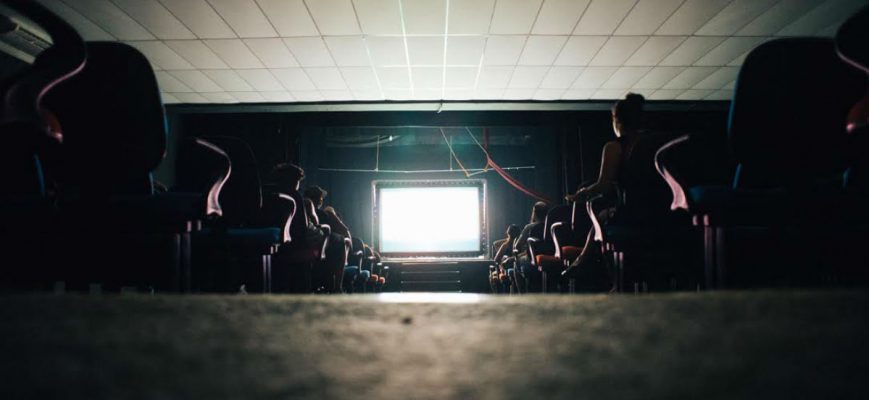Translation for Audiovisual Services: Problems / Solutions
At QuickSilver Translate we apply academic research to the audiovisual market: combining linguistic and technical expertise to provide a premium service. Our Audiovisual and Interpreting department provides a full range of services including: subtitling, interpreting, translation for dubbing and accessibility (subtitling for the deaf and hard of hearing), as well as audio description.
Do check here for an overview of what we do.
Below, we have examined some of the key aspects of audiovisual translation, starting with what many language service providers can (and often do) get wrong…
Audiovisual Translation for dubbing
Problems:
- Linguistic mistakes.
- The translations are full of structural, lexical and semantic calques from the English. (A calque or loan translation is a word or phrase borrowed from another language by literal word-for-word or root-for-root translation.) One consequence of the repetition of these calques is the use of an artificial Spanish which is very different to the spontaneous oral language that dubbing should strive towards. Another consequence is the impoverishment of Spanish, given that, for better or for worse, the Spanish used in audiovisual media has become normative.
- Inconsistency across long projects, ie. series in which the style changes from one episode to the next.
QuickSilver’s solutions:
- Linguistic quality-checking.
- We work with experienced audiovisual translators who understand the particularities of translation for dubbing. Our translators understand when to depart from the original, in order to preserve the message. At the same time, they know how to enrich the text with linguistic twists particular to spoken Spanish. In this way, they bring to the dubbing the fluency expected of an audiovisual track.
- By using an internal style guide, glossaries and a dedicated manager for each project, we guarantee cohesion and consistency between episodes.
Subtitling
Problems:
- Linguistic mistakes.
- It is impossible to follow — the subtitles are too long, and/or appear for too short a time on the screen.
- Technical errors: subtitles stay on the screen too long (after the corresponding dialogue has finished), unsubtitled fragments of dialogue, etc.
- Inconsistency: use of hyphens to indicate distinct speakers in the same subtitle, use of ellipsis to separate subtitles, etc.
QuickSilver’s solutions:
- Linguistic quality-checking.
- To put it simply: experienced subtitlers. Subtitling is almost always about summarising more than translating. Summarising, contrary to popular belief, does not involve changing the message or leaving out information. It enables us to read the subtitles comfortably, almost without noticing, and thus understand the content and enjoy the image at the same time. One of the main tasks of the professional subtitling editor is to extract important information and recognise which content is inessential and can, as a result, be left out.
- We always apply medium reading-speed (12 characters per second) and we decide on the length of the subtitle according to the amount of time it can be on-screen.
- The use of professional subtitling software ensures zero technical errors.
- Use of a subtitling style guide, which enables us to be consistent across all of our subtitling projects.
Closed captions: Subtitling for the deaf and hard-of-hearing
In addition to the general points above regarding subtitling, closed captions present some specific issues of their own.
Problems:
- Lack of information on aural effects.
- Lack of coherence in the particularities of this type of subtitling: colours for the main characters, placement of the subtitle in the centre or beneath the person speaking.
- Uniformity: the same complexity and reading speed for adult and children’s audiences.
QuickSilver’s solutions:
- Our subtitlers are experienced in SDH — providing Information on aural effects, and the use of colours for main characters.
- Application of the UNE 153.010 standard “Subtitling for deaf and hearing-impaired people. Subtitling through teletext.”
- Adaptation of factors such as quantity of information and reading speed of the age of the audience at which the program is aimed.
Audiodescription
The QuickSilver approach:
- Application of the UNE 153.020 standard: Audio description for visually impaired people. Requisites of the audio description and production of audioguides.
- Previous analysis of the project, analysing, for example, the quantity and length of the lapses between dialogue and other significant sound elements into which concise, objective descriptions can be placed.
- The creation of a script appropriate for the target audience.
- Supervision of the sound recording: collaboration with the recording studio at which the recording is made.
Contact us for more information
At QuickSilver Translate, we offer all language combinations, ie. from any source language into any target language, and can accept large volumes of work. We will be happy to identify your translation, audiovisual and interpreting needs and provide the best possible solution.


